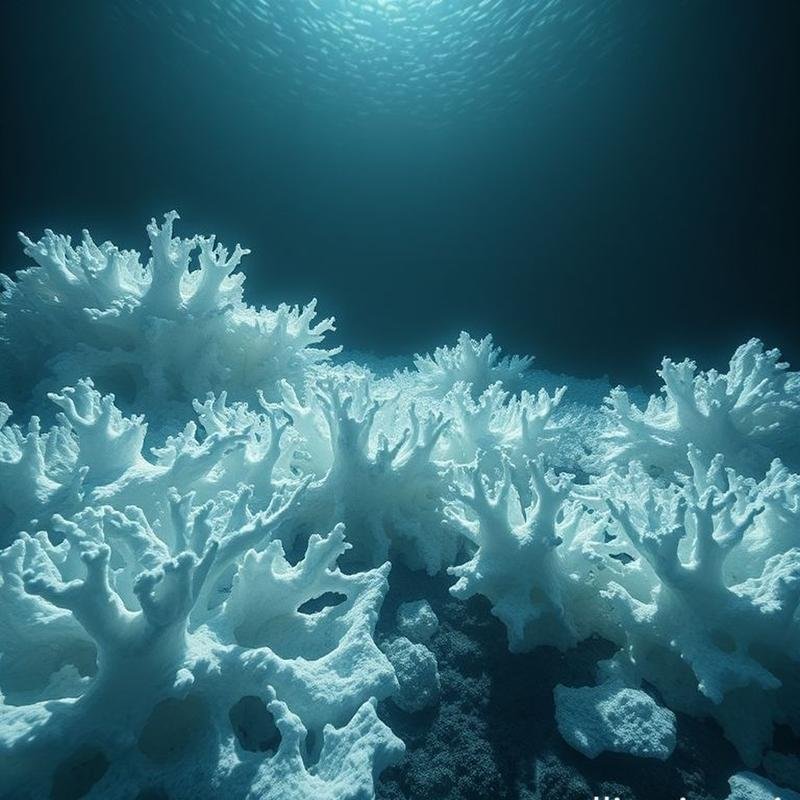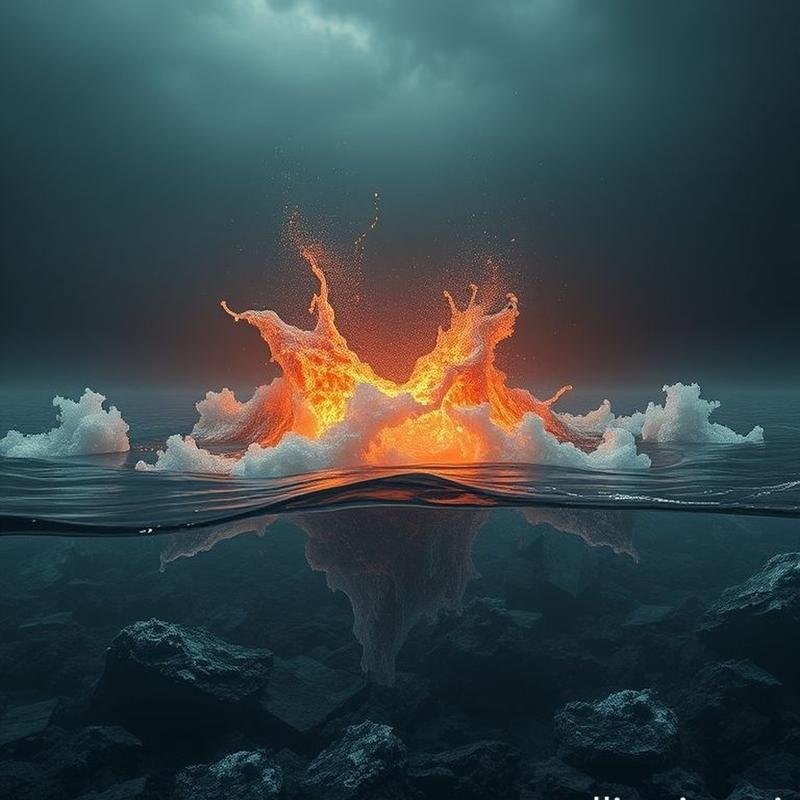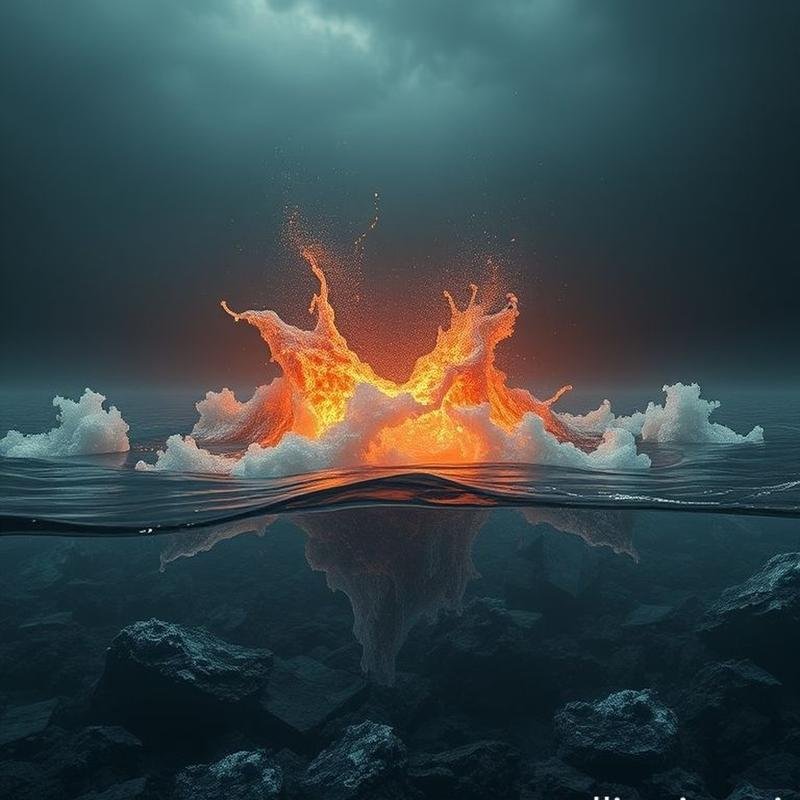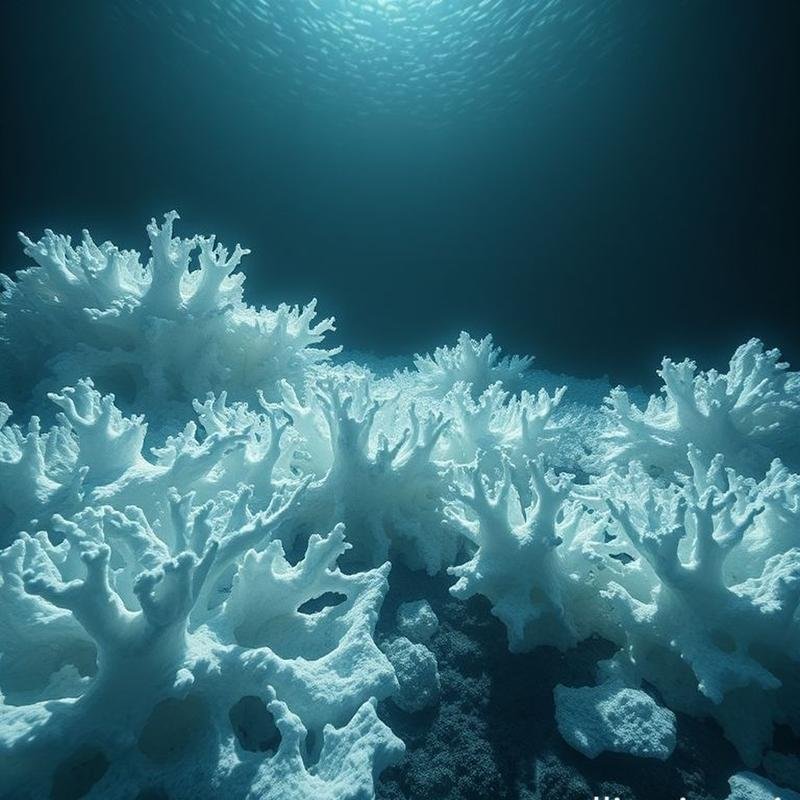The Bermuda Triangle: Fact or Fiction? Scientific Discoveries Unravel the Mystery.

Bermuda Triangle: Myth vs. Science Explained
Could the enduring maritime mystery of the Bermuda Triangle be attributable to something other than supernatural phenomena? Is this infamous Atlantic region, long associated with unexplained disappearances of ships and aircraft, truly a haven for paranormal forces, or simply a product of misinterpreted natural occurrences? In this episode, we systematically deconstruct the myths surrounding the Bermuda Triangle, revealing the often-overlooked scientific explanations supported by the latest research and discoveries that may fundamentally alter our understanding of this enigmatic area.
Before we begin dissecting these myths and challenging the established legends, please share your initial expectations in the comments section below. To ensure you don’t miss any of the critical information we are about to present, please subscribe to the channel.
The Origins of the Legend
Let us now embark on a historical exploration to trace the origins of this legend. The narrative predates the formal coining of the term itself. In the 1950s, isolated reports began to emerge, detailing unusual disappearances within a specific region of the Atlantic Ocean. An article by E.V.W. Jones in 1950, while not using the term “Bermuda Triangle,” raised concerns about a series of unexplained incidents.
However, the legend truly gained momentum in 1964 when Vincent Gaddis, in one of his articles, designated the area the “Deadly Bermuda Triangle.” This term rapidly gained traction, but the legend’s enduring appeal is largely attributable to Charles Berlitz’s 1974 book. This commercially successful publication offered supernatural explanations for the disappearances, portraying the area as a portal to other dimensions or a locus of mysterious forces. This dramatic depiction captivated the public’s imagination, but was it grounded in factual evidence? That is what we will now investigate.
The Methane Hydrate Theory
But could a more scientific explanation exist, one less reliant on supernatural interpretations? Following Vincent Gaddis’s coining of the phrase “Deadly Bermuda Triangle” and Charles Berlitz’s popularization of the associated myths, the methane hydrate theory has emerged as a compelling hypothesis.
Consider the deep seabed, where immense pressure and frigid temperatures prevail. Under these conditions, methane hydrate forms: methane molecules tightly bound within ice crystals. These hydrates accumulate in vast quantities on the seabed of seas and oceans, including the Bermuda region. However, what if water temperatures rise or a sudden geological event occurs? This is where the potential for disaster arises.
The theory proposes that such factors could trigger the rapid release of substantial quantities of methane. This massive release would significantly reduce the density of the water, potentially causing ships to lose buoyancy and sink rapidly. Recent scientific studies, employing sophisticated computer models, have demonstrated that these methane bursts can create areas of reduced water density capable of engulfing entire vessels. Furthermore, scientists have discovered large craters on the seabed, believed to be the result of massive methane explosions in the past.
Rogue Waves: Walls of Water
However, is this theory sufficient to explain all the mysteries of the Bermuda Triangle? Let us now consider another factor frequently cited as a potential cause of these incidents: rogue waves.
Rogue waves, sometimes referred to as killer waves, are characterized by their sudden and unexpected appearance as towering walls of water rising from a seemingly calm sea surface. These massive waves, which can be twice the height of surrounding waves, are not merely maritime folklore.
In 1995, the Draupner oil platform in the North Sea recorded the first scientifically documented rogue wave, measuring an astonishing 25.6 meters in height. Studies suggest that ships may face the risk of encountering such a devastating wave approximately once every two decades.
But how do these aquatic giants form? One recognized mechanism is linear focusing, where smaller waves converge to form a single, massive wave capable of inflicting catastrophic damage. Satellite imagery has revealed that this phenomenon is more prevalent than previously thought, occurring globally, including within the confines of the Bermuda Triangle.
Rogue waves can cause catastrophic structural damage to ships, even large ones, leading to their rapid sinking. The 1978 incident involving the MS München, which disappeared without issuing a distress call, remains a perplexing mystery. Was it a victim of a rogue wave that materialized without warning? The possibility exists, and it is a daunting one. But what if another factor, a hidden force affecting navigation systems, further complicates matters within this ominous triangle?
Magnetic Anomalies and Navigation
Here, we refer to magnetic anomalies, specifically the South Atlantic Anomaly, a region that partially overlaps with the Bermuda Triangle. Within this anomaly, the Earth’s magnetic field is significantly weaker, as if a protective shield has been compromised, rendering satellites and spacecraft vulnerable to intense solar radiation.
But what are the implications for ships and aircraft traversing these waters? Imagine relying on the Global Positioning System (GPS) for navigation, only to have charged particles from the sun interfere with the signals or disrupt sensitive electronic equipment. Navigation devices become unreliable, compasses fluctuate erratically, and confusion ensues, potentially leading vessels off course into unfamiliar territory.
However, the effects extend beyond merely disturbed compasses. Concerning studies indicate that the Earth’s magnetic field is undergoing a continuous weakening, and this weakening is expanding and shifting. In 2020, data from the European Space Agency revealed a sudden bifurcation in this decline, with the emergence of two distinct centers. Are we on the cusp of a significant shift in our planet’s magnetic field? And are these accelerating changes increasing the risk of navigational errors within the Bermuda Triangle? These unanswered questions contribute to the area’s mystique, evoking a sense of wonder intertwined with apprehension.
Human Error and Environmental Factors
However, amidst these unsettling theories, a frequently overlooked factor warrants consideration: human error. In 1945, Flight 19, a group of five U.S. Navy bomber planes, disappeared during a routine training mission. Investigations revealed that the pilot, First Lieutenant Charles Taylor, led his squadron astray due to significant navigational errors. The irony is that Taylor had a history of becoming disoriented on previous flights.
In 1963, the freighter Marine Sulphur Queen was lost at sea with its entire crew. The absence of wreckage suggests a catastrophic cargo failure or structural problem exacerbated by adverse weather conditions.
The Gulf Stream’s Influence
The Gulf Stream represents a hidden force, unseen yet influencing the destinies of ships and aircraft. This substantial current of warm water, originating in the Gulf of Mexico, possesses immense energy, transporting approximately 150 million cubic meters of water per second. This volume is equivalent to the flow of the Amazon River multiplied by 55,000.
However, the sheer volume is not the only cause for concern. The Gulf Stream’s velocity, which can reach 9 kilometers per hour, makes it one of the most powerful ocean currents on Earth. This speed, coupled with the abrupt weather changes it can induce, has the potential to transform a routine voyage into a tragedy.
In 1997, the freighter MS MÜNCHEN was lost at sea in the North Atlantic. There were no survivors, no substantial wreckage was recovered, and the prevailing consensus attributes the sinking to the Gulf Stream and severe weather conditions.
Off the coast of Newfoundland, where the warm Gulf Stream converges with the cold Labrador Current, a region characterized by dense fog is created, increasing the risk of maritime accidents. Satellites continuously monitor this massive current, transmitting accurate data on sea surface temperature in an ongoing effort to warn ships and aircraft and help them avoid hazardous areas. But what about the Bermuda Triangle itself? Is it truly more dangerous than other areas?
Statistical Analysis and Reality
Let us examine the facts and move beyond the myths. Statistical analysis reveals a surprising finding: there is no conclusive evidence to indicate that the accident rate in this area significantly exceeds that of any other maritime region with comparable traffic. In fact, a report by the World Wide Fund for Nature excluded the Bermuda Triangle from its list of the 10 most dangerous waterways in the world.
The U.S. Coast Guard and the National Oceanic and Atmospheric Administration, both reliable sources, have conducted extensive investigations and found no evidence to support the existence of unusual hazards in this area of the ocean. Even marine insurance companies, known for their rigorous risk assessments, confirm that losses in the Bermuda Triangle do not differ significantly from those in other areas with similar traffic. Most of the incidents that have occurred there can be readily explained by known environmental factors: severe tropical storms, strong currents, and, regrettably, human error.
Dismantling the Myths
But is everything we think we know about the Bermuda Triangle accurate? Here, we begin to dismantle the prevailing myths. The legend of this mysterious triangle did not solidify until the mid-twentieth century, with the first fleeting reference appearing in an Associated Press article in 1950. Prior to that date, this area did not receive any particular attention.
One of the most frequently cited narratives is the story of Flight 19, but accurate official investigations revealed that a combination of significant human error and severe weather conditions contributed to this tragic accident. There is no trace or conclusive evidence of the involvement of supernatural forces or unusual phenomena.
What about the purported giant bubbles of methane gas that were said to engulf ships in an instant? In-depth geological studies have not revealed any unusual concentrations of methane gas on the seabed in that particular area. It remains a hypothesis that has not been substantiated.
Charles Berlitz’s 1974 book significantly contributed to the dissemination of this myth, but it contained numerous inaccuracies and unsubstantiated exaggerations. Other researchers have exposed these errors, revealing that many of the accidents falsely attributed to the Triangle occurred elsewhere.
Conclusion
So, after this extensive exploration into the depths of the legend, where do we stand? Far removed from tales of supernatural powers, and confronted with a deeper understanding of a complex natural environment that continues to hold its secrets. The U.S.
Video
Images







